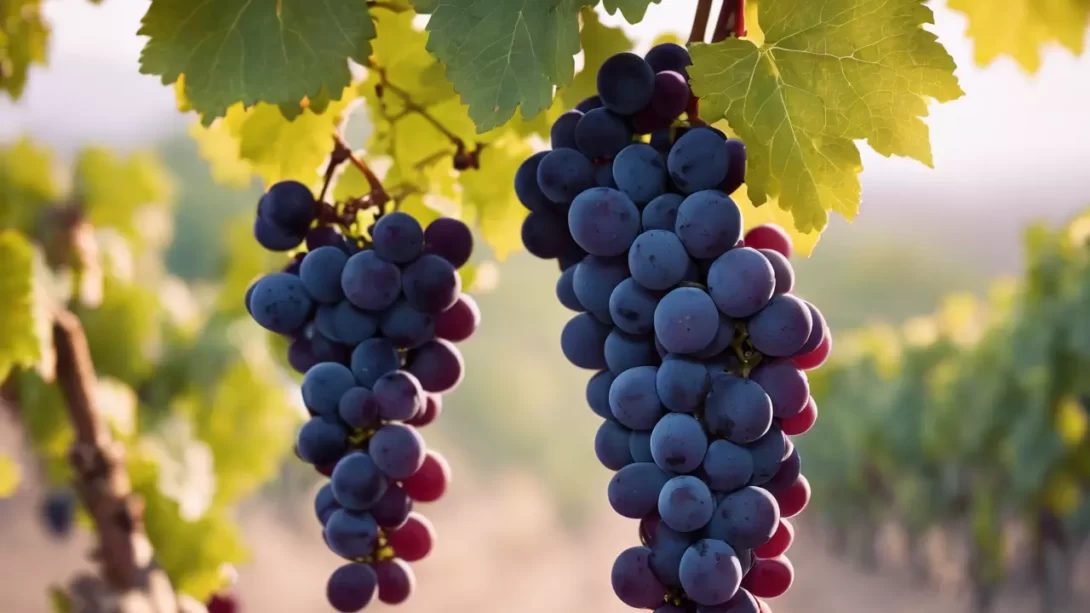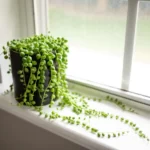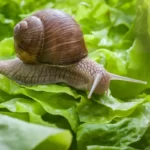In the diverse world of fruits, various growth patterns can be observed, some of which are quite unique. Among these, certain fruits are known for never being found singly; instead, they grow in clusters or groups. This article aims to explore these fruits, delving into their growth patterns and the reasons behind their clustered nature.
Characteristics of Cluster-Growing Fruits
Fruits that grow in clusters often do so as a result of specific botanical and environmental factors. This growth pattern can be an evolutionary adaptation to increase the efficiency of seed dispersal, attract pollinators, or maximize sunlight exposure. Cluster growth can also be influenced by the plant’s genetic makeup and the conditions in which it thrives. Understanding why certain fruits grow in clusters provides insight into their cultivation and ecological roles.
Examples of Fruits That Grow in Clusters
Grapes
Grapes are perhaps the most well-known example of a fruit that grows in clusters. Typically found in bunches on grapevines, these fruits are a staple in both the culinary and agricultural worlds. Grape bunches can vary in size and shape, with each bunch containing numerous individual grapes. The growth pattern of grapes is essential for their cultivation, impacting everything from vineyard management to harvesting techniques.
Bananas
Contrary to common belief, bananas also grow in clusters, known as ‘hands,’ on a single large stalk. Each hand can contain several bananas, and an entire stalk can have multiple hands. This unique growth pattern is a characteristic of the banana plant, which is technically an herb, not a tree. The clustered growth of bananas aids in their efficient harvesting and distribution.
Cherries
Cherries commonly grow in pairs or small groups, although not in large clusters like grapes or bananas. Cherry trees produce these fruits in bunches, making them easier to pick. The pairing of cherries on a single stem is a distinctive feature that sets them apart from fruits that typically grow singly.
Other Cluster-Growing Fruits
In addition to grapes, bananas, and cherries, several other fruits are commonly found in clusters. For instance:
- Raspberries: These berries grow on canes in small clusters. Each raspberry is made up of many tiny individual fruits called drupelets, clustered around a central core.
- Currants: Both black and red currants grow in small clusters on bushes. Their growth pattern facilitates easier harvesting and is a natural adaptation for effective seed dispersal.
- Tomatoes: Often considered a vegetable but botanically a fruit, tomatoes frequently grow in clusters, especially the cherry and grape varieties. The clustered growth allows for more efficient use of space and resources in the plant.
The Significance of Cluster Growth in Fruits
The clustered growth of fruits holds various advantages and implications for both natural ecosystems and agricultural practices. In nature, cluster growth can be an effective strategy for attracting pollinators and seed dispersers. The collective visual appeal of a cluster can draw more attention from animals and insects, aiding in the reproductive process of the plant.
In agriculture, the clustered growth pattern of certain fruits influences cultivation methods and harvesting techniques. For example, grapes grown in bunches are easier to harvest in large quantities, making them ideal for commercial wine production. Similarly, the clustered growth of bananas facilitates their collection and packaging for transport.
However, this growth pattern can also present challenges, such as an increased susceptibility to pests and diseases. When fruits grow closely together, it can create a microenvironment that is more conducive to the spread of certain plant diseases or pest infestations.
Conclusion
The phenomenon of fruits growing in clusters is more than just a botanical curiosity; it’s a testament to the intricate ways in which plants have adapted to their environments. From the bunches of grapes that dangle from vines to the hands of bananas that hang from their plants, and the small groups of cherries and berries, these patterns reveal a sophisticated natural strategy for survival and propagation.
In the realm of agriculture, understanding and appreciating these growth patterns is crucial. It influences cultivation techniques, harvesting methods, and even the economic aspects of farming these fruits. Cluster-growing fruits like grapes and bananas have become staples in global agriculture due to their ease of harvest and efficiency in processing.
However, this growth pattern also presents its challenges, particularly in terms of managing pests and diseases. The close proximity of fruits within clusters can sometimes create vulnerabilities that require careful and strategic agricultural practices to mitigate.
In summary, cluster-growing fruits such as grapes, bananas, cherries, raspberries, currants, and certain varieties of tomatoes, offer a fascinating insight into the adaptability and diversity of plant life. They remind us of the complex interplay between plants and their environments, and how these relationships have been harnessed and cultivated for human benefit. As we enjoy these fruits, whether fresh from the vine or as part of our culinary creations, we can appreciate the intricate natural processes that brought them to our tables.



